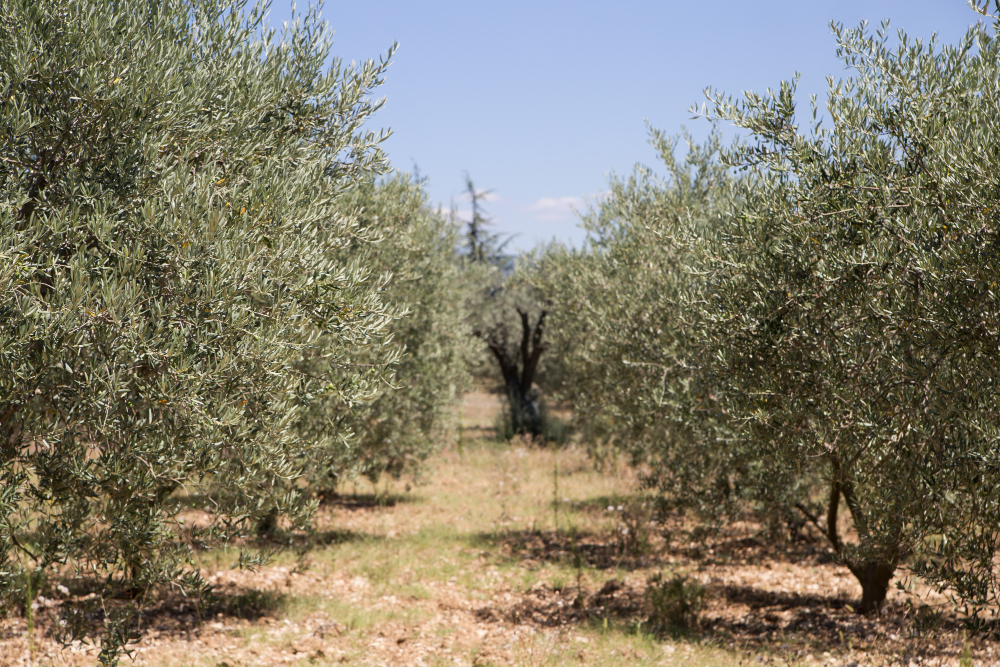The Spanish olive grove, an example of sustainable cultivation

The Spanish olive grove, an example of sustainable cultivation
The holding of the Climate Summit (COP25) in Madrid is serving, among other things, to highlight Spanish society's commitment to a sustainable future. But also to vindicate the role of the agricultural sector in safeguarding the environment. The olive grove is a magnificent example of how an entire sector is working to fight for a greener future. Because scientists have established that this crop, far from contributing to climate change, helps to remove a huge amount of greenhouse gases.
The International Olive Council unveiled some spectacular data at the Marrakech Climate Summit. The life cycle of a litre of olive oil, from production to consumption, generates an average of 1.5 kilos of CO2. But at the same time, the olive grove is capable of fixing up to 11.5 kilos of CO2 for every kilo of oil produced, generating a positive balance of 10 kilos of greenhouse gases. What is more, the IOC also points out that carbon fixation has an impact on the land's capacity to store water, which helps to combat the desertification that threatens large areas of the Mediterranean. Even more so in Spain, which has more than 2.5 million hectares of olive groves out of the 5.5 million hectares in the European Union.
The LIFE Olivares Vivos project
The olive grove, as a sustainable crop, is one of the richest ecosystems in Spain, as the LIFE Olivares Vivos project has shown. An initiative that counts on the collaboration of the Interprofesional del Aceite de Oliva Español, among other institutions.
After assessing the biodiversity of a number of olive groves, 165 bird species have been catalogued, a quarter of those documented in the Iberian Peninsula. Something similar occurs with invertebrates, with 58 species of ants and 119 pollinating insects. Likewise, 549 herbaceous species and 137 woody species have been located. Based on this reality, this project is developing strategies that can be applied in a simple way to the entire Spanish olive grove to guarantee optimum biodiversity.
The value of the olive grove as a unique landscape
We must not lose sight of the fact that, in addition to its socio-economic value, the Spanish olive grove provides cultural and landscape value. Over almost three millennia, the olive tree has colonised large areas of our country, creating the largest humanised forest on the planet. A forest that has taken on unique forms in each area: from the olive trees planted on the shores of the Mediterranean, to the seas of olive trees in Jaén and Córdoba, without forgetting the forests of thousand-year-old trees in the mountains of Málaga. A heritage that initiatives such as the Andalusian Olive Landscapes World Heritage Nomination are trying to promote around the world.
Original article: Olive groves in Spain





